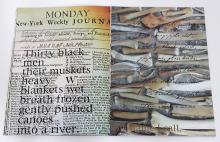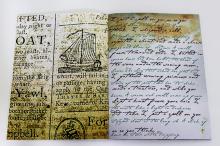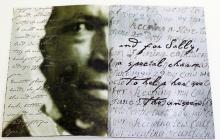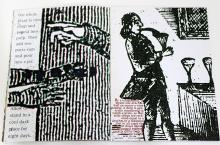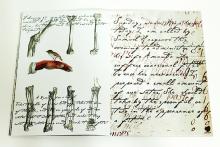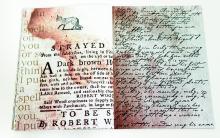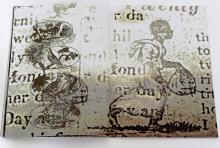I proposed the creation of chapbook inspired by a variety of works housed in the American Antiquarian Society library. The idea behind the original lengthy title, The Conjurer's Apprentice or The Legend of Yellow Mary: A Slave Girl's Tale of Survival by her Wit and Extraordinary Powers, as written by herself, refers to the oft-displayed vernacular and odd titles describing the content and introduction of 18th and 19th century chapbooks. I researched several books, such as, Memorable Accidents and Remarkable Transactions by T. Leonard, and Hocus Pocus: or The Whole Art of Legerdemain, and a series of works by writer, poet Hannah More. It was Hannah More’s chapbooks, from her Cheap Repository Tracts, that first gave me the idea for my artist book, which is now titled The Conjurer's Apprentice.
The principal character in my chapbook was the daughter of an enslaved 1st generation African American woman and the doctor who owned her. Her mother instructed in the ancient ancestral methods of using herbs for healing, and casting spells, and from her father’s books and anatomical illustrations, she teaches herself medicine. She is seer, doctor, alchemist, trickster and Robin Hood all rolled into one. By some accounts, she could also make herself invisible. And by her mere presence, she had the power to sway people’s minds. This potent and potentially dangerous combination became her survival and act of resistance.
At the library, it was Gigi Barnhill who guided me toward relevant and materials that I had not known about or even considered; such as narratives in the catalog under the heading of–‘Negroes and Crime’ were first-hand accounts of hangings of African American men, including their last words to loved ones. She helped locate a beautiful woodcuts and broadsides that they allowed me to photograph for the book. The chapbook became a combination of handwritten narrative text and letterpress typography.


